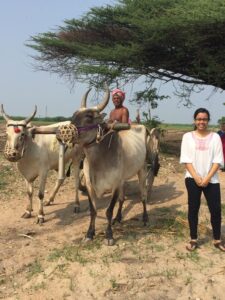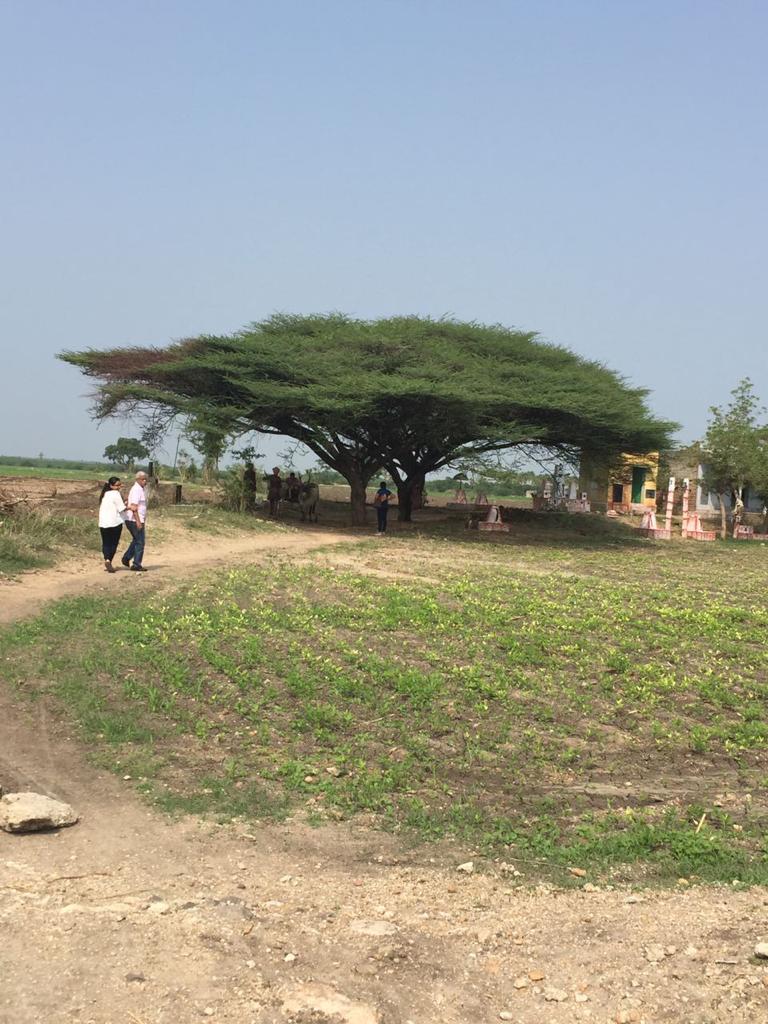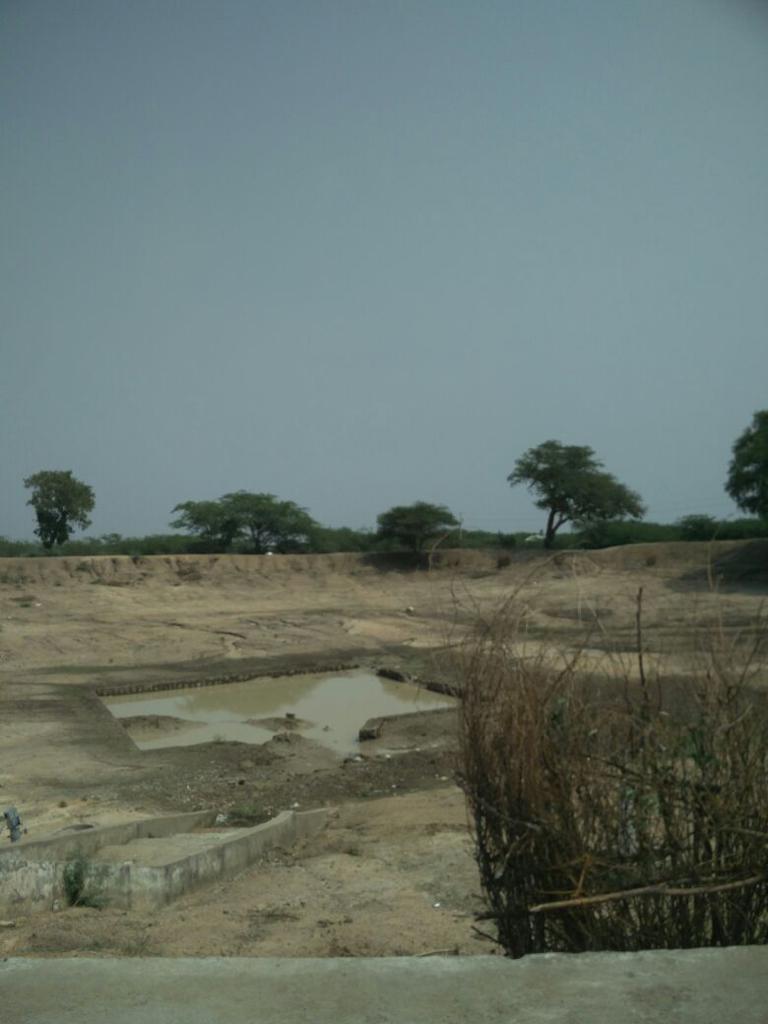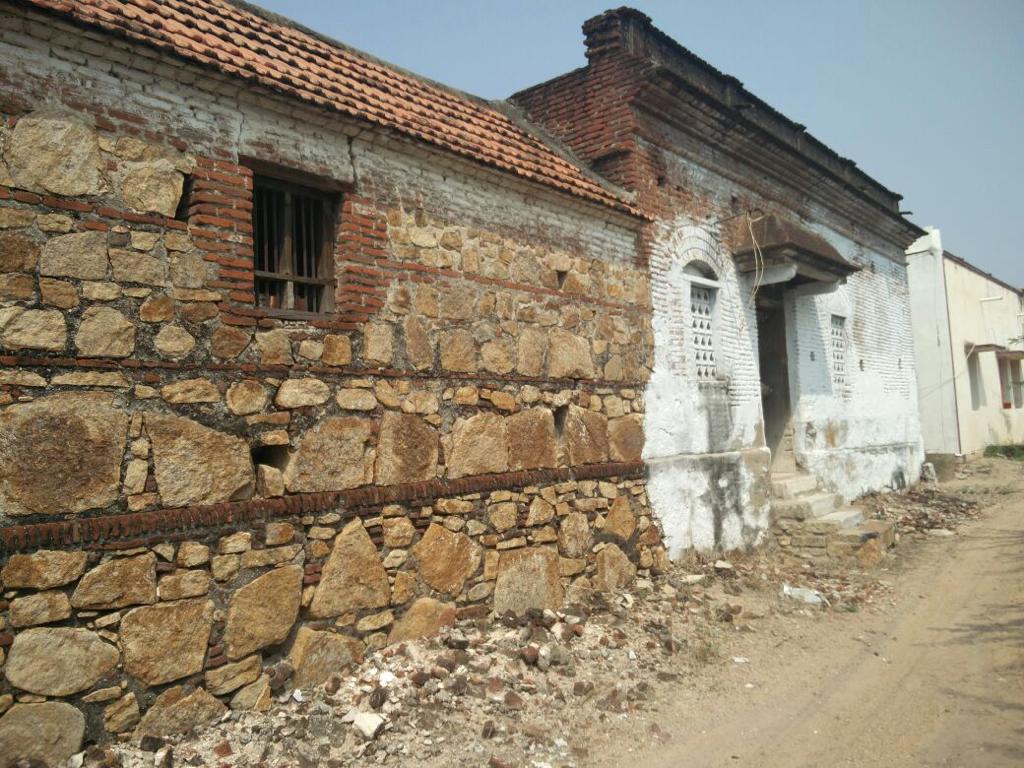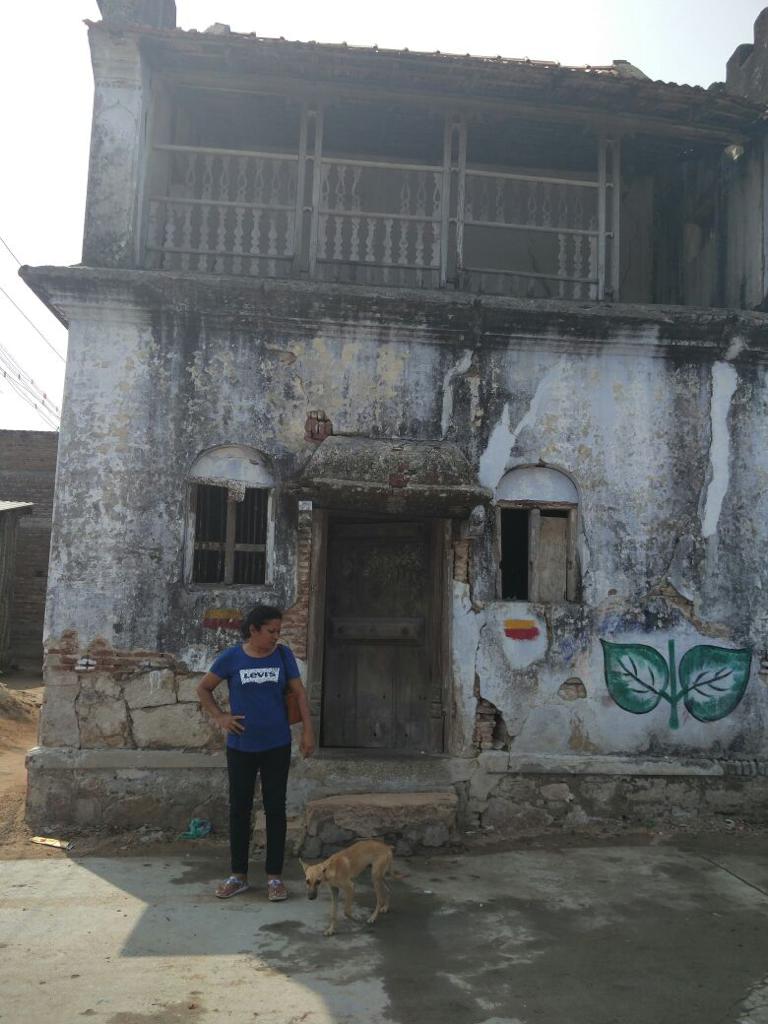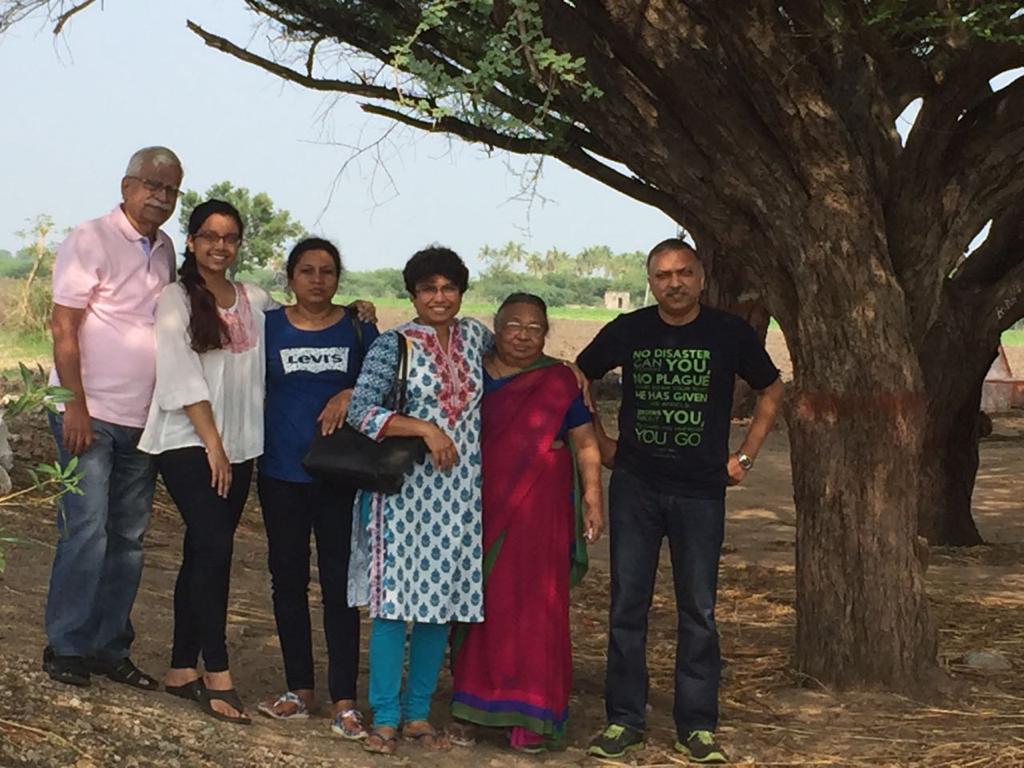by Richard Sundharam
I have very faint memories of my father’s village Jagaveerapuram. I had gone there with my mother in the mid-seventies. The village had a colourful but small temple with statues of gods and goddess at various levels of the gopuram. The houses were ‘kutcha’ with clay tiles for the roof. A village tank with muddy water was the only source of drinking water. The main road was lined with Acacia trees and in the village there was a prominent Tamarind tree. The land was parched and barely any green fields were visible. I wondered what it would look like now. After all, Tamil Nadu as a state in India has done exceedingly well in various social and economic indices. I wondered what development had taken place in the village in over five decades.
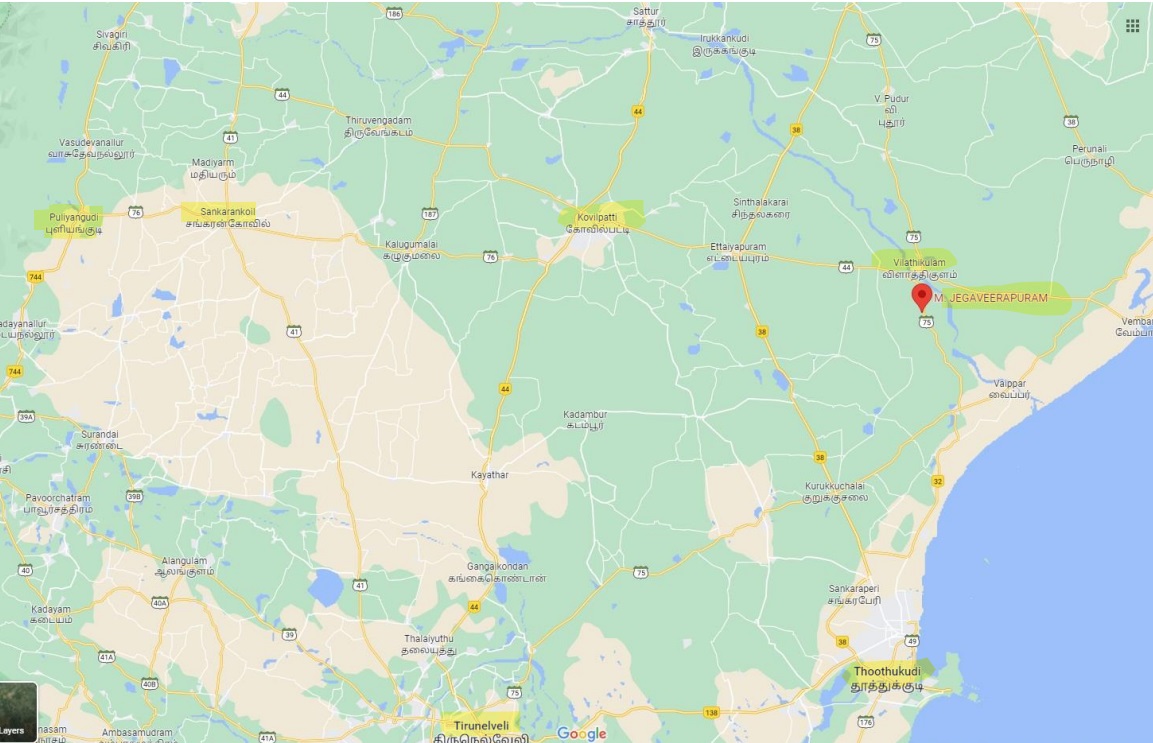
My first cousin Philomena (or Philo as we call her affectionately) visited Jagaveerapuram village around 2015. She shared some photos and videos of my father’s village (and her mother’s too). She had gone there along with her parents – Dorairaj Mama and Theresa Atthai (my father’s younger sister) as well as Jah Dev (brother), Jane (sister) and Aria (niece). Here are some photos and videos taken during that visit.
One thing struck Philo during her visit to the village. There were only old people residing there. There was hardly any youth left in the village as almost all had migrated to nearby towns and cities in search of livelihood. Development today implies rapid urbanisation and migration from villages to cities. Apparently, little has changed in rural parts of India.
